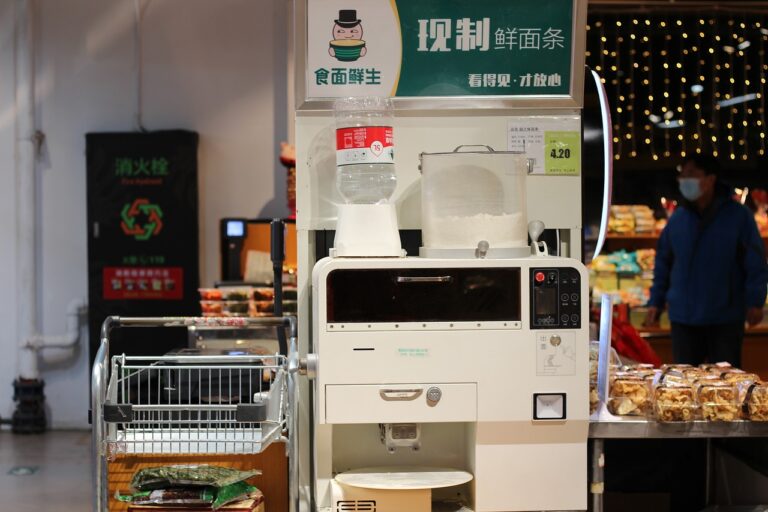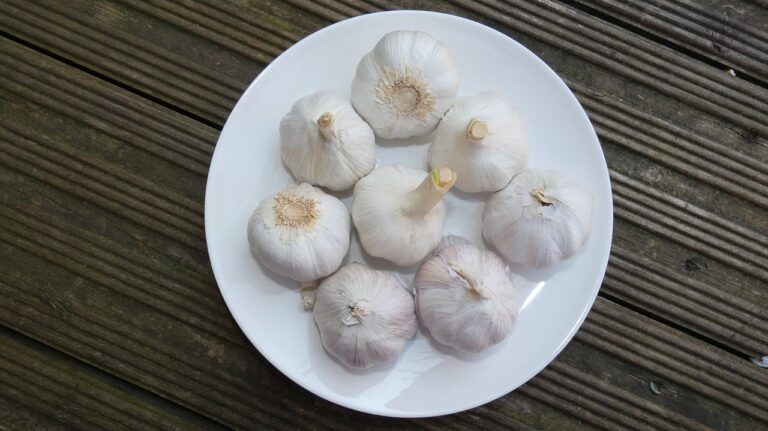The Future of Food Delivery: Exploring Innovations in Speed, Convenience, and Sustainability
In recent years, the food delivery industry has witnessed a surge in innovative technological advancements aimed at enhancing the overall customer experience. From artificial intelligence-driven algorithms that predict customer preferences to advanced route optimization software that ensures timely deliveries, these technologies are transforming the way food is delivered to consumers. One notable technology that has gained popularity is drone delivery, which offers efficient and speedy delivery services, especially in urban areas where traffic congestion can be a significant hurdle.
Moreover, the integration of virtual reality tools in food delivery services has also seen a rise, allowing customers to experience a more immersive ordering process. By providing virtual tours of restaurants and interactive menus, customers can make more informed decisions, leading to higher satisfaction levels. Additionally, the use of blockchain technology in food delivery has enhanced transparency and security in transactions, giving both customers and businesses greater peace of mind when it comes to food orders and payments.
Efficient Delivery Methods
Delivery services have continuously evolved to ensure timely and efficient order fulfillment. One innovative method gaining popularity is the use of geolocation technology to optimize delivery routes. By leveraging GPS tracking systems, delivery drivers can navigate through traffic and find the quickest paths to reach customers promptly. This not only reduces delivery times but also minimizes fuel consumption, contributing to a more sustainable operation.
Additionally, some companies are incorporating autonomous delivery vehicles into their fleet. These self-driving vehicles are equipped with advanced sensors and AI technology to safely transport orders to customers’ doorsteps. With the ability to navigate traffic and obstacles autonomously, these vehicles have the potential to revolutionize the last-mile delivery process, improving efficiency and reducing human error.







